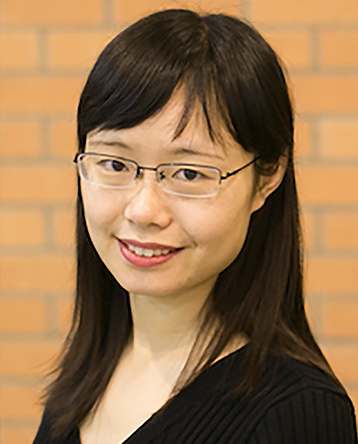Wenzhen Yuan
Assistant Professor, Robotics Institute
Assistant Professor, Robotics Institute

Wenzhen Yuan’s research focuses on robotic tactile sensing, with an extended interest in robotic perception. Her goal is to build an intelligent robotic tactile perception system that helps the robot to better understand and interact with the physical world. For understanding the physical world, the robot needs to understand the properties of the objects around it, and lots of the very important properties, such as hardness, roughness, and slipperiness, can only be learned through physical contact. Yuan works on designing frameworks for robots to touch the target objects in specific ways, and interpreting the tactile signal from the contact. At the same time, she has been looking for ways for robots to interact with the world with the help of tactile sensing. The tactile signals contain rich information about the robot’s interaction with the environment, and that information could guide robots to accomplish different manipulation tasks more dexterously. Her research focuses on how to extract that information, and how to add those useful feedbacks into the robot manipulation framework.
Yuan has been trying to address the challenges in robotic touch from three aspects: hardware design, algorithm development, and system integration. On the hardware side, she has been working with a high-resolution tactile sensor GelSight, which obtains amazingly fine details about the shape of the contact object. The GelSight sensor enables robots to get much more information about touch. She is trying to improve the sensor’s design for different robot applications, and making the sensor accessible to more people. On the algorithm side, Yuan has been applying convolutional neural networks on the high-dimensional tactile data, and exploring better data representation architectures or machine learning methods on the tactile data. On the integration side, she is enthusiastic about combining tactile sensing with robot motion and other sensing modalities. Robot perception cannot be achieved with a single sensor, but rather with a collaboration of different sensors.